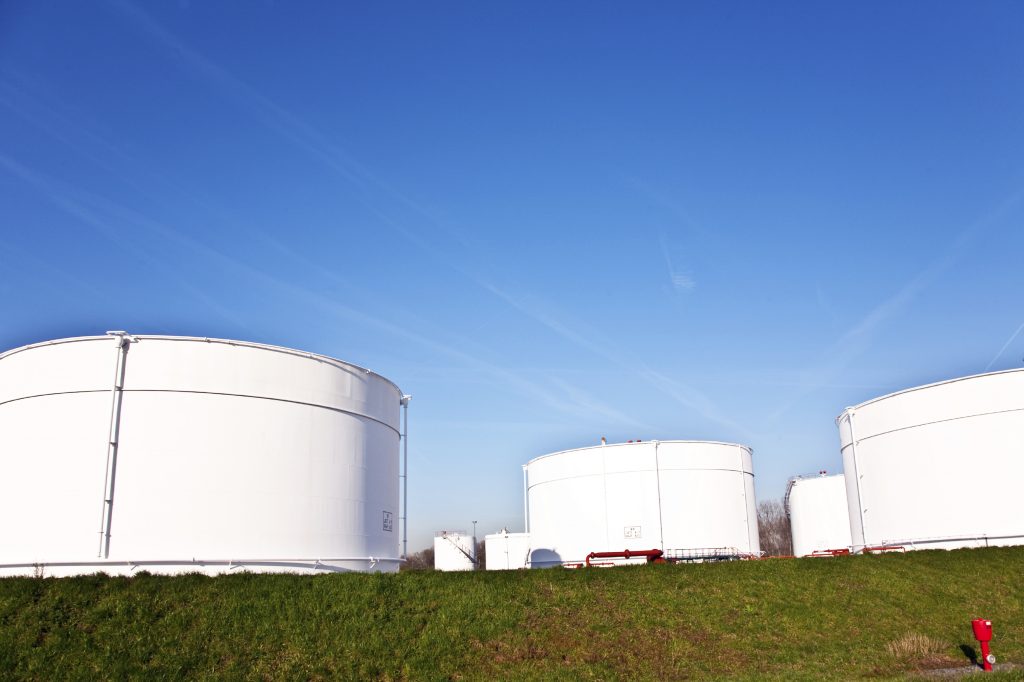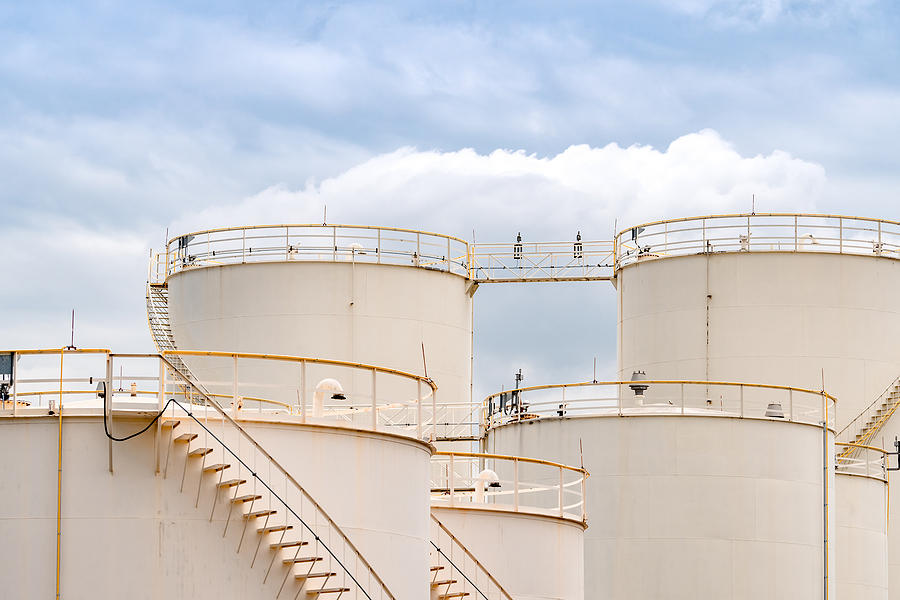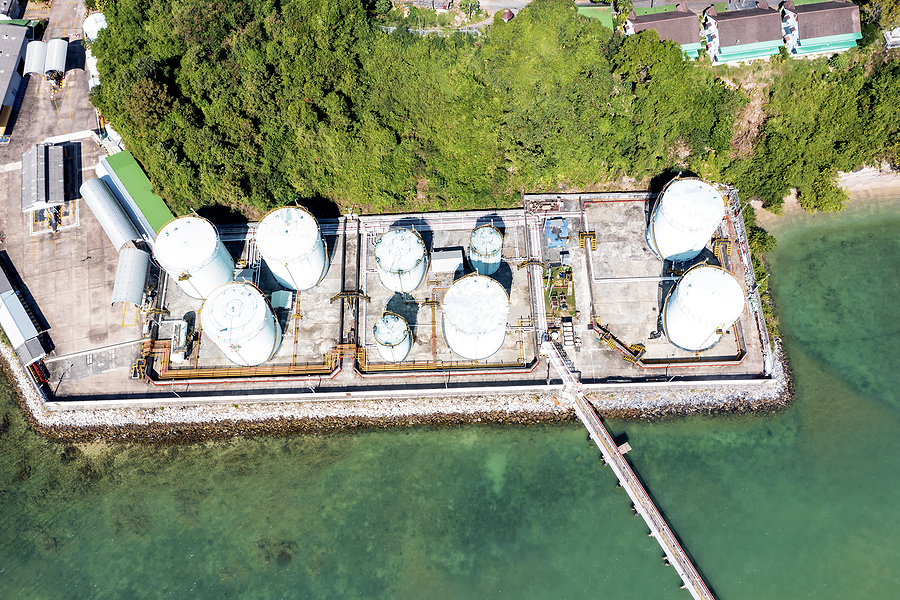PETROLEUM INDUSTRY
Jurva Leak Testing pioneered the use of helium leak detectors for use in testing petroleum storage tanks more than 20 years ago.

Jurva Leak Testing pioneered the use of helium leak detectors for use in testing petroleum storage tanks more than 20 years ago.
Our proprietary process uses specialized tooling that allows us to detect leaks considerably smaller than those found with traditional techniques.
Our technique is up to 5,000 times more sensitive, as compared to vacuum box testing. Therefore, not only can we locate and eliminate the source of current problems, we can prevent future problems by locating and repairing leaks that vacuum box testing would never find.
We consistently find leaks in tanks after other methods failed, specifically vacuum box testing, and even “more sensitive” techniques such as liquid penetrant, magnetic particle testing and magnetic flux exclusion. On average we find leaks in two-thirds of the new floors we test—even after vacuum box testing. By detecting and repairing leaks early, you can avoid the high costs of dealing with these problems in the future.

(as compared with traditional methods)
While our process is used extensively on both new and existing tank floors, we believe the best time to test tank floors is when they are new. Conditions at this time are optimal (both the topside, and more importantly the underside of the floor are clean and dry) providing the highest level of sensitivity and consequently the greatest opportunity of detecting leaks.
Because we consistently find leaks in new floors (that were either missed or too small for vacuum box to find) many of our customers have instituted helium leak testing new floors as a standard procedure.

In addition to tank floors, we also tests floating pontoons and product pipelines. As with tank floors, we can pinpoint the precise location of your leaks allowing for rapid repair and retest.
Jurva Leak Testing meets government specifications and requirements for testing both above and below ground tanks.